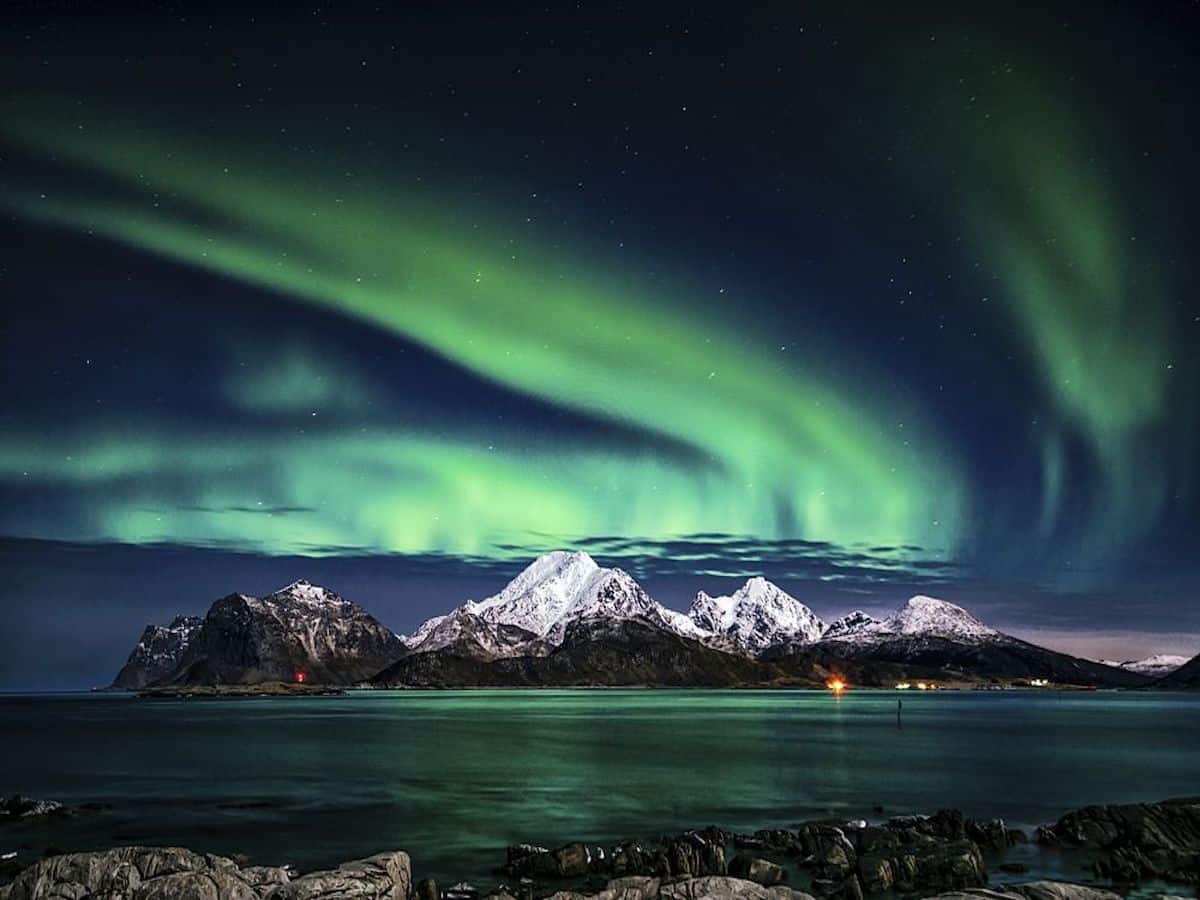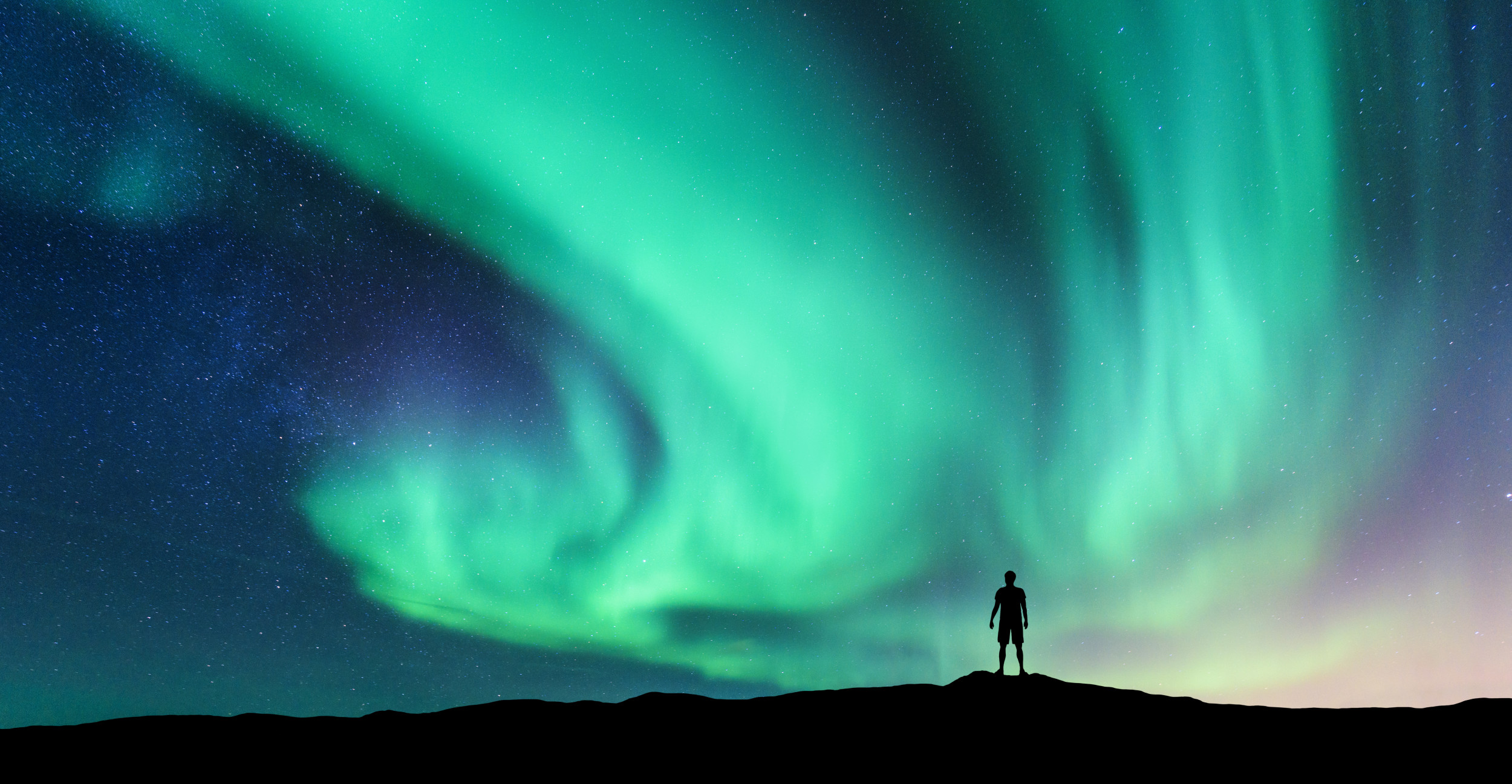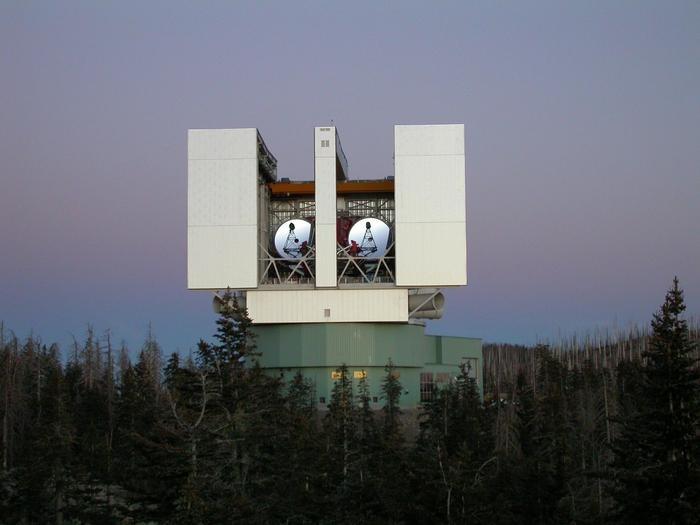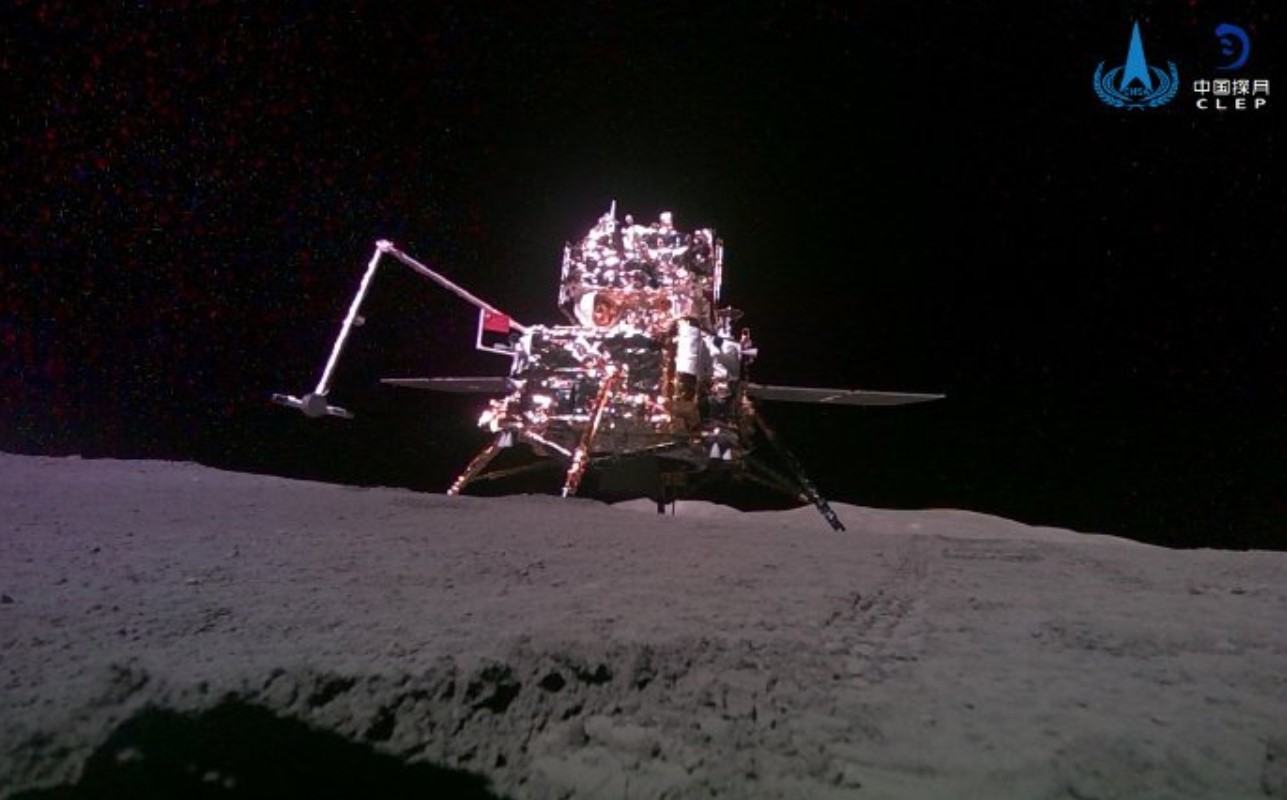On July 21, the Sun released a coronal mass ejection that will cause a geomagnetic storm on July 24. This event increases the chances of seeing the Northern Lights in various parts of the United States. However, the nearly full moon could make viewing this incredible natural phenomenon a bit more challenging.
The nearly full moon can illuminate the sky more than desired, but the brightness of the Northern Lights might still outshine this extra light and offer a complete astronomical spectacle.
Where can the Northern Lights be seen?
The NOAA Space Weather Prediction Center has issued a G2 Geomagnetic Storm Watch, meaning the storm could be strong enough to make the Northern Lights visible from places like Washington, Idaho, Montana, southern New York, the Dakotas, and the Upper Midwest.
Although this storm won’t be as intense as the one on May 10, which made the Northern Lights visible as far south as the Gulf of Mexico, a good celestial light show is still expected. The best times to observe the Northern Lights are usually between 11 p.m. and 3 a.m. local time.
Weather predictions indicate favorable conditions for viewing in the northwestern United States and the Dakotas, while the Great Lakes region might experience cloud cover.
To maximize the chances of witnessing this phenomenon, it’s recommended to find a spot with a clear sky and away from city lights. Additionally, clouds can also make viewing difficult, so the weather will be an important factor.




